By World News Research
US President Donald
Trump will impose tariffs on Saturday of 25% on Mexico, 25% on Canada, and 10%
on China, says the White House.
White House press
secretary Karoline Leavitt said the Canada and Mexico duties were in response
to "the illegal fentanyl that they have sourced and allowed to distribute
into our country, which has killed tens of millions of Americans".
Around the same time,
a delegation of senior Canadian officials was preparing to meet with President
Donald Trump’s border czar in a bid to stave off withering new tariffs, Trump
himself essentially told them from afar: Don’t bother.
“No,” he said when
asked by a reporter in the Oval Office if there was anything Canada, Mexico, or
China could do to forestall the new tariffs he’d promised to apply by February
1. “Not right now.”
White House press
secretary Karoline Leavitt said the Canada and Mexico duties were in response
to "the illegal fentanyl that they have sourced and allowed to distribute
into our country, which has killed tens of millions of Americans".
During the election
campaign, Trump threatened to hit Chinese-made products with tariffs of up to
60% but held off on any immediate action.
Canadian Prime
Minister Justin Trudeau said on Friday: "It's not what we want, but if he
moves forward, we will also act."
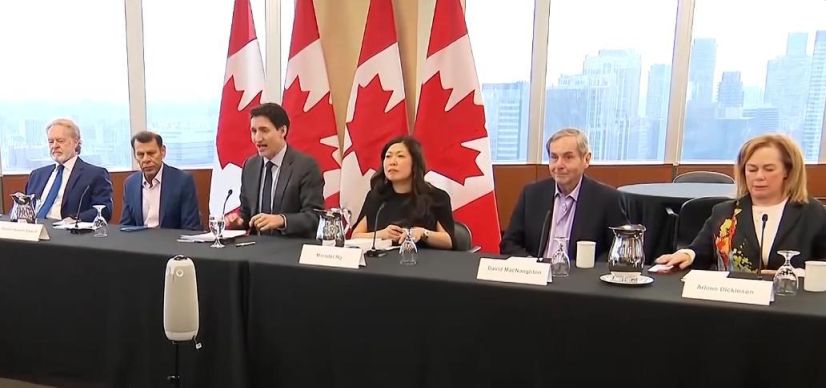
Canada and Mexico
have already said that they would respond to US tariffs with measures of their
own, while also seeking to assure Washington that they were taking action to
address concerns about their US borders.
After threatening for
months to impose steep tariffs on the United States neighbors, Trump’s vow
to follow through on them should hardly come as a surprise. With the
deadline due, officials said the tariffs would be available for public inspection
by midday Saturday. Still, until the final hours before Trump’s start-of-month
deadline, many on Wall Street and Capitol Hill – not to mention in Ottawa and
Mexico City – held out hope he might back off.
Eventually, we’re
going to put tariffs on chips. We’re going to put tariffs on oil and gas.
That’ll happen fairly soon,” Trump said later in the
day, suggesting “around” February 18.
“We’re going to be
putting tariffs on steel, aluminum, and ultimately copper. Copper will take a
little longer, but it will happen quickly,” Trump said.
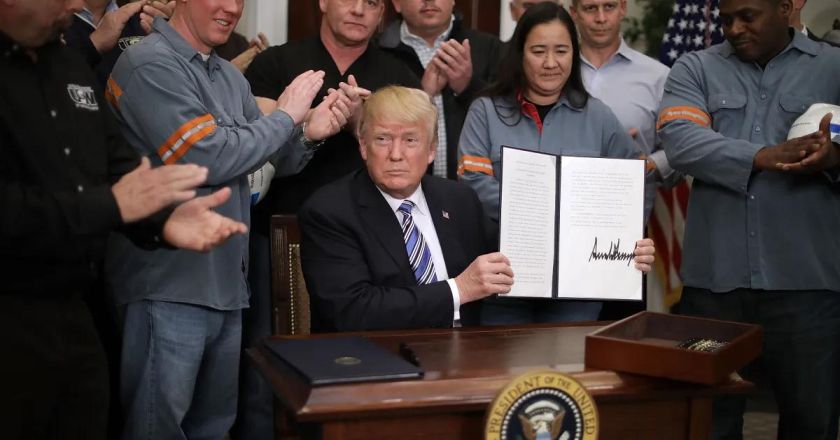
Trump also announced
intentions to impose tariffs on pharmaceuticals, calling it part of a broader
strategy to revive US industries. “We’re going to build a tariff wall to
bring pharmaceuticals back to America,” he said. “The way to do that is by putting
up a wall, a tariff wall.”
Placing significant
tariffs on the United States’ biggest trading partners serves as a gamble that
taxing American companies for imported goods will ultimately punish the
countries that make stuff Americans want, and bring
those nations to the negotiating table. But it’s a risky bet that could easily
backfire on American consumers and the economy.
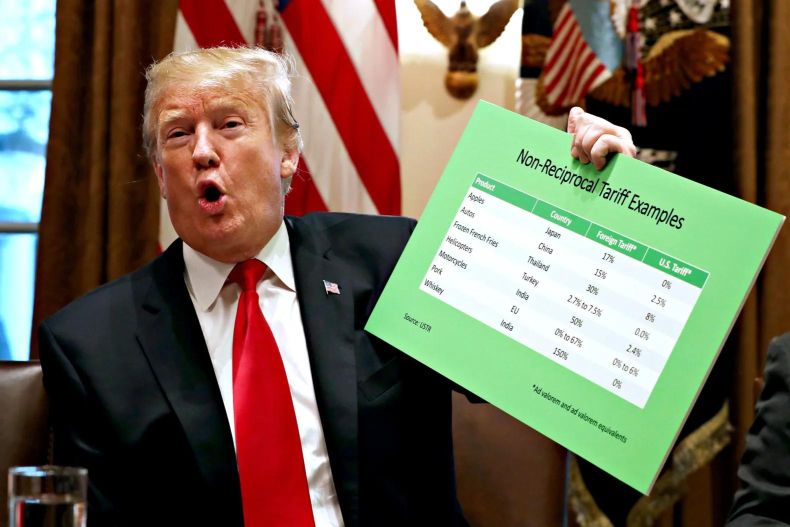
Earlier this month, a
top Chinese official warned against protectionism as Trump's return to the
presidency renews the threat of a trade war between the world's two biggest
economies - but did not mention the US by name.
Addressing the World
Economic Forum in Davos, Switzerland, Ding Xuexiang,
Vice Premier of China, said his country was looking for a "win-win"
solution to trade tensions and wanted to expand its imports.
China, Canada, and
Mexico are the top US trading partners, accounting for 40% of the goods
imported into the US last year, and fears are rising that the new steep levies
could kick off a major trade war as well as push up prices in the US.
If US imports of oil from Canada and Mexico are hit
with levies it risks undermining Trump's promise to bring down the cost of
living.
Tariffs are an import
tax on goods that are produced abroad.
In theory, taxing
items coming into a country means people are less likely to buy them as they
become more expensive.
The intention is that
they buy cheaper local products instead - boosting a country's economy.
But the cost of
tariffs on imported energy could be passed on to businesses and consumers,
which may increase the prices of everything from petrol to groceries.
Around 40% of the
crude that runs through US oil refineries is imported, and the
vast majority of it comes from Canada.
On Friday, Trump
agreed tariff costs are sometimes passed along to consumers and that his plans
may cause disruption in the short-term.
Mark Carney, the
former head of Canada's and England's central banks, told BBC Newsnight on
Friday that the tariffs will hit economic growth and drive up
inflation.
"They're going to damage the US's reputation
around the world," said Carney, who is also in the running to replace
Prime Minister Trudeau as leader of Canada's Liberal Party.
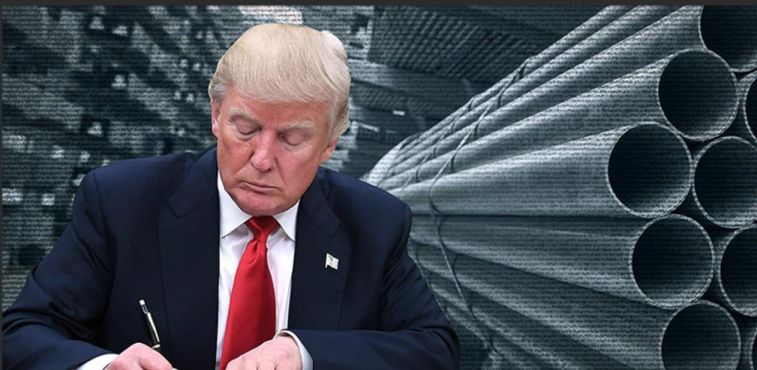
The proposed tariffs
expected on Saturday would hit a far wider range of goods than anything Trump
has previously imposed. During his first term, Trump’s tariffs hit roughly $380
billion of foreign goods, according to estimates from the Tax Foundation. The
proposed tariffs on the nation’s three largest trading partners would hit about
$1.4 trillion of imported goods if there are no exemptions, the Tax Foundation
said.
The figures
underscore how aggressive and risky Trump’s tariffs would be, especially given
how much prices have spiked since then. “The administration is playing with
fire,” said Joe Brusuelas, chief economist at RSM.
Brusuelas noted that the vast majority of imported US avocadoes are from Mexico,
which faces a 25% tariff. “Go ahead and spike taxes on avocados ahead of the
Super Bowl and watch how that turns out,” he said.
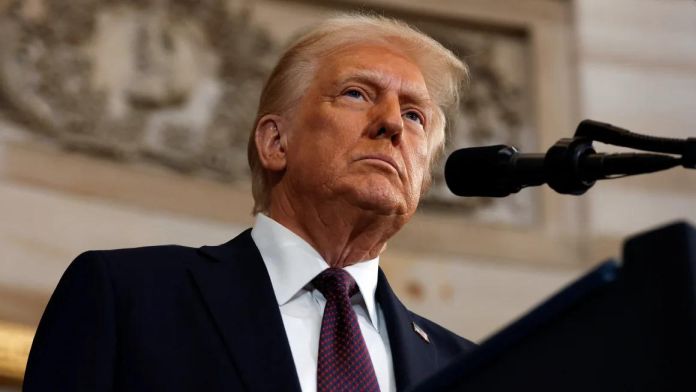
When Trump announced
the tariffs against Canada and Mexico in November in a post on Truth Social, for instance, he said his goal
was to better control the US’s “ridiculous Open Borders”.
For updates click hompage here